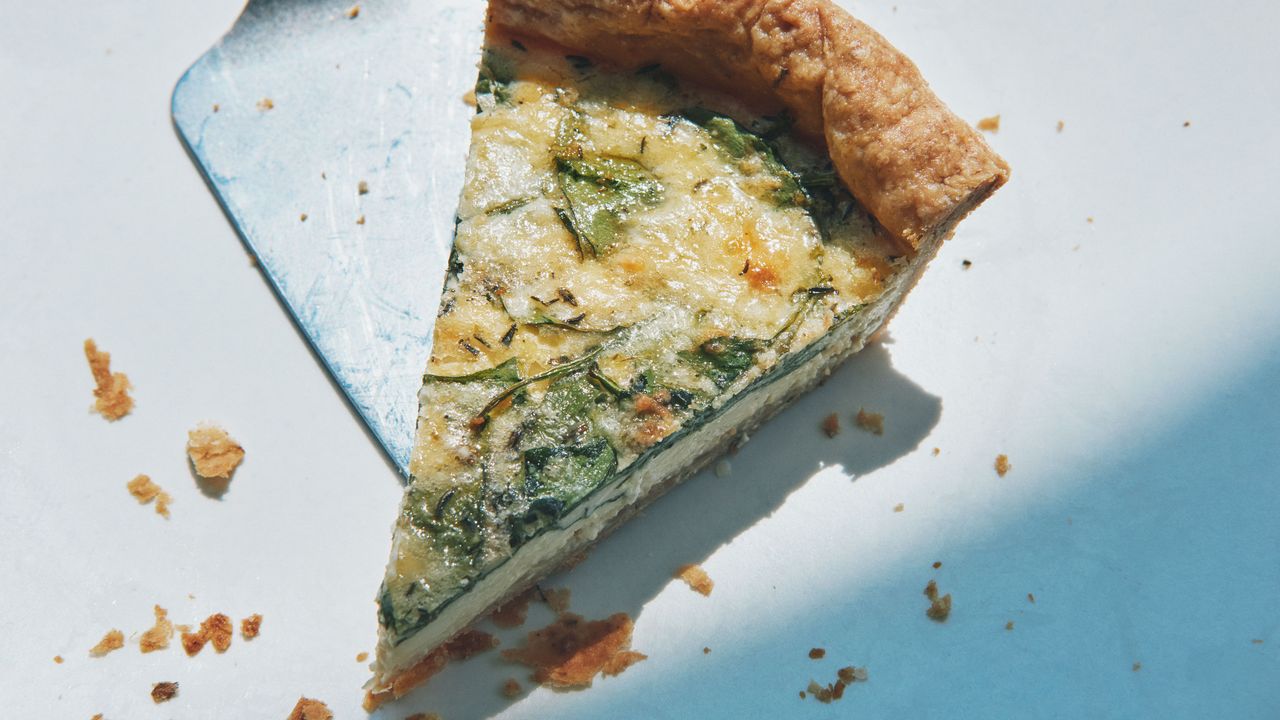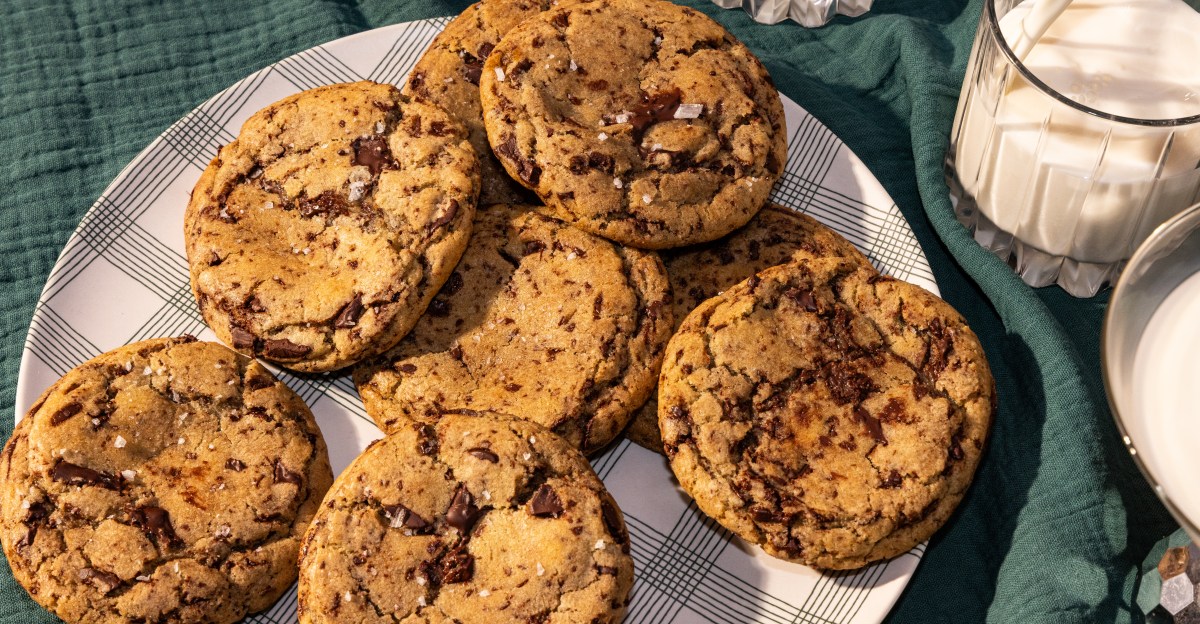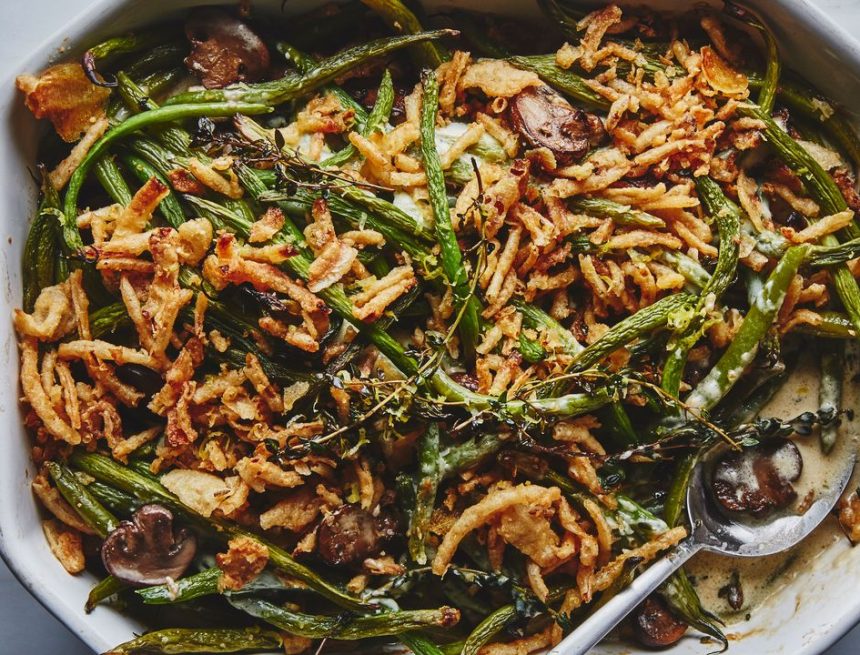Vanilla is the backbone of almost every American dessert. Its floral, caramel-like flavor is at the center of desserts like crème brûlée and pound cake. In something like Chocolate Sheet Cake With Brown Butter Frosting, vanilla extract underpins the deep flavors of the cocoa while enhancing the nutty flavor of the frosting. In our Summer Berry Stovetop Crisp, it adds a warming flavor to the tangy fruit.
There’s a lot to consider when choosing what type of vanilla to buy: Should you go with vanilla paste, powder, or extract—maybe even a whole bean, or the lesser-known ground vanilla? Madagascar, Tahitian, Mexican? Single or double-fold? Should you make your own vanilla extract?
Each format and geographic origin has its own unique characteristics. The provenance of the vanilla pods (and their correspondingly unique variety) will determine some of their flavor. Ground versions have a more intense flavor by volume than extract—as do vanilla pastes, to a lesser degree. Double-fold vanillas are twice as concentrated as single-fold, making for extracts with a darker color and more intense flavor and aroma.
In a pinch, vanilla extract can be used as a substitute for paste and powder (and vice versa), according to vanilla paste evangelist and senior test kitchen editor Shilpa Uskokovic. A significant difference, she says, is that vanilla paste will leave flecks of vanilla bean in the finished product. Seeing those vanilla bean flecks can sometimes Jedi mind-trick people into thinking they’re tasting more vanilla flavor. Of all these options, vanilla extract is usually the most affordable (which is why it’s the format often specified in recipes). Imitation vanilla, made from synthetic vanillin, is even more affordable and can be used as a 1:1 substitute, but it won’t provide the same roundness of flavor as a pure extract.
So, in a grocery store rife with options, which pure vanilla extract is the best for your baking? We conducted a blind taste test of 13 brands to determine the most flavorful, aromatic vanilla extract you can buy in stores or online.
How we picked the products
We started our search for the best vanilla extract by polling Bon Appétit staff for their preferred brands. Unsurprisingly, the question sparked a flurry of responses and lively debate. We also scoped out familiar grocery store brands, such as Trader Joe’s and Whole Foods’ 365, and scanned other vanilla extract taste tests to see which brands are often included and which get overlooked.
We excluded double-fold and alcohol-free vanilla extracts, as their formulations would be markedly different from the standard extracts commonly used in most recipes. We didn’t test multiple single-origin vanillas from brands that made several, reasoning that the generics would be more affordable and easier to find. Finally, we also excluded imitation vanillas, which—although they have their place in recipes like confetti cake—are ultimately a different ball game than true, pure vanilla extract.
How we set up our taste test
Ostensibly, one could taste vanilla extract on its own—but that’s not really advisable. It’s much easier to detect the unique aromas and flavors in a vanilla extract when it’s diluted in a neutral-flavored base, like full-fat milk or a sugar-water solution. To that end, we tasted each vanilla extract in a glass of chilled whole milk at a 2% dilution: 1 teaspoon of extract in 1 cup of milk.


